Automating business processes has become a common thread across industries. The idea is simple: identify non-essential, manual, repetitive processes, and implement a discipline of automating these processes. While the wide-ranging mandate to automate is spreading across industries, companies have diverse views on how to automate. Automation software has been around since the 1990s and technologies continue to evolve. RPA (Robotic Process Automation) the heck out of everything may not be the answer you want – although many business leaders associate RPA with automation. As companies define automation requirements, it’s important to understand the breadth and scale of technologies available.
Here are ways you can automate:
- Robotic Process Automation (RPA): RPAs can mimic human behavior. Using a graphic interface, repetitive and routine tasks normally performed by knowledge workers can be automated into bots (think robots) to increase accuracy and efficiency, and reduce costs. Examples include automating Accounts Receivable (AR) by programming bots to accurately maintain customer master files and credit approvals or automating the onboarding processes for new employees in HR departments.
- BPMS: Business Process Management Software helps automate business workflows. BPM is a process for designing, executing, monitoring, and optimizing business processes. BPM software allows users to map out digital processes, automate manual processes, improve workflows, and manage day-to-day activities. Examples include employee onboarding, expense reporting, time off requests, account management, and invoice management. Processes that can be replicated on a platform or system can be automated.
- No-Code/Low-Code: This is perhaps the most disruptive new technology in the automation space. Business users without any coding knowledge can now introduce new applications, processes, and systems using no-code/low-code platforms. Using a graphic interface, manual processes are automated, without hand-coding. Examples include adding new functionality to an organization’s existing CRM or automating and customizing systems or developing custom software to launch new processes within an organization.
- Software Tools: Chances are that you own software capable of a range of automation techniques. Software systems like SAP, Oracle, Microsoft products, etc. have embedded automation tools like scripting, queries, workflow automation, APIs, and more. When looking for ways to automate processes within a software system, it’s important to start looking for existing automation capabilities. Examples include Salesforce’s built-in tools to automate tasks like inventory control, customer order tracking, and managing the sales process or Microsoft’s automation capabilities in Office-365 to link its various software components.
- Platforms: For specific business functions, software systems can replace human-centric processes. This includes a wide range of business needs ranging from cash-forecasting, regulatory and compliance, vendor management, employee management, hiring, etc. Across most business functions, software platforms now exist to replace human efforts. Specific examples include chatbot platforms to replace humans or B2B software replacing salespeople.
- Systems Integration: Scripting and systems integration to move data between software systems have been used for decades. Examples include integrating data between software and physical systems or SCADA integration with web tools to create user interfaces so that users can interact with real-time server data or integrating ERP systems with other software systems within an organization. Integrating software systems has now been modernized by API integration platforms.
In addition to the tools and technologies mentioned, coders have long depended on writing scripts and code to automate workflows.
As automation is becoming central to accurate, efficient workflows – companies should create strategies that are forward-thinking and incorporate a range of automation technologies. In the next two blogs, we will discuss the various companies associated with each of the automation technologies mentioned here and how to develop effective automation frameworks.
DOWNLOAD ARTICLE Automation Guide
Rakhee Das, Technology & Innovation Practice Leader – Sirius Solutions, L.L.L.P.
If you would like further information about Automation, please complete the form below.
[contact-form-7 id=”227245″ title=”Contact Us”]
